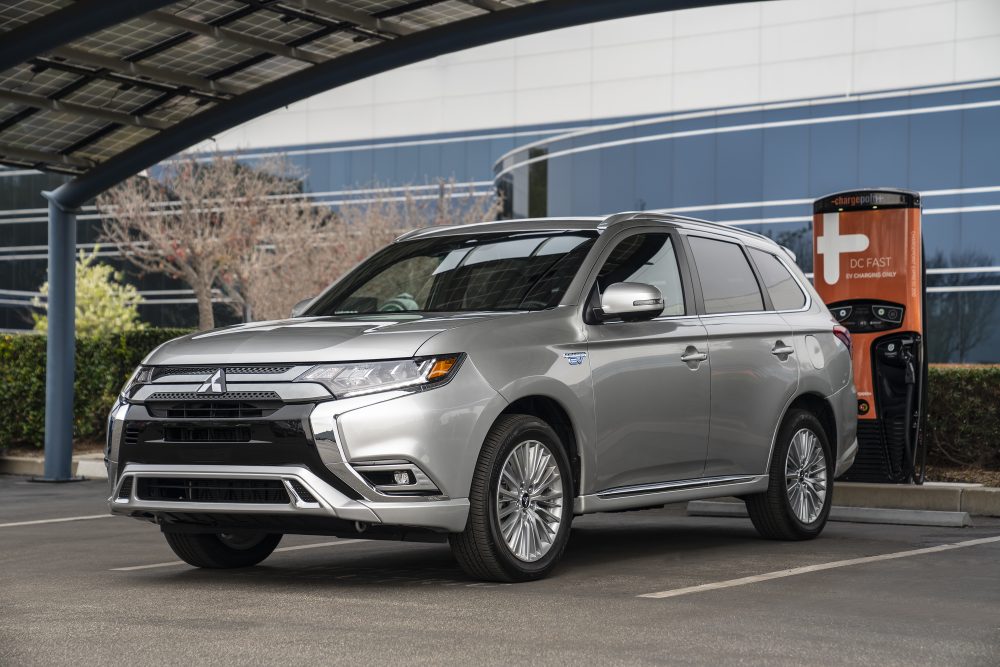International Code Council Will Make EV-Ready Homes

Photo: Mitsubishi Motors
When you purchase an electric vehicle, you likely intend to charge your vehicle at both public charging stations and your home. Currently, many homes don’t have a Level 2 EV charger or even a 240-volt outlet. However, this could soon change once the International Code Council puts new electrical requirements in place to create EV-ready homes.
An Eco-Friendly Option: Mitsubishi Outlander PHEV earns Family Green Car of the Year
How the ICC plans to have more EV-ready homes
If you don’t already have an available 240-volt outlet in your garage, you’ll need to first pay to have an electrician install the outlet and then potentially purchase a Level 2 EV charger in order to charge your EV from the comfort of your home. This can accordingly increase the overall cost of switching to an EV vehicle.
To combat this issue and make EV vehicles more accessible, the ICC recently approved provisions that would add new electrical requirements to make every home EV-ready. In a single-family household, the requirements entail that proper panels, conduits, and outlets be installed. As the homeowner, you would then only need to purchase a charger upon buying an EV.
In buildings designed for multiple families, the requirements state that there needs to be at least two parking spots that are EV-ready. Other spots would have to be considered EV-capable, which means they could easily add a 240-volt outlet.
The ICC provision is, unfortunately, not binding. Instead, the building codes are recommendations that municipalities and states can elect to adopt or not adopt. Nevertheless, it’s likely that many locations will still choose to adopt the provision.
The Best Plus-In Hybrid: Mitsubishi Outlander PHEV wins big at Winter Vehicle Awards
The ICC 2021 codes will be published in the fall of 2020. With the provision put in place, it will be easier, more convenient, and ultimately less expensive for drivers to make the switch to EV models.
Amanda Drago lives in West Chester, Ohio with her wonderful family, which includes her adorable dog, Coco. Amanda recently graduated from Miami University with degrees in both marketing and creative writing. However, if she was ever forced to change career paths, she imagines that she would train dogs for movies. In her spare time, she enjoys reading, writing, and watching Netflix. She also has a special place in her heart for theatre and purchases tickets to as many shows as she can. See more articles by Amanda.

